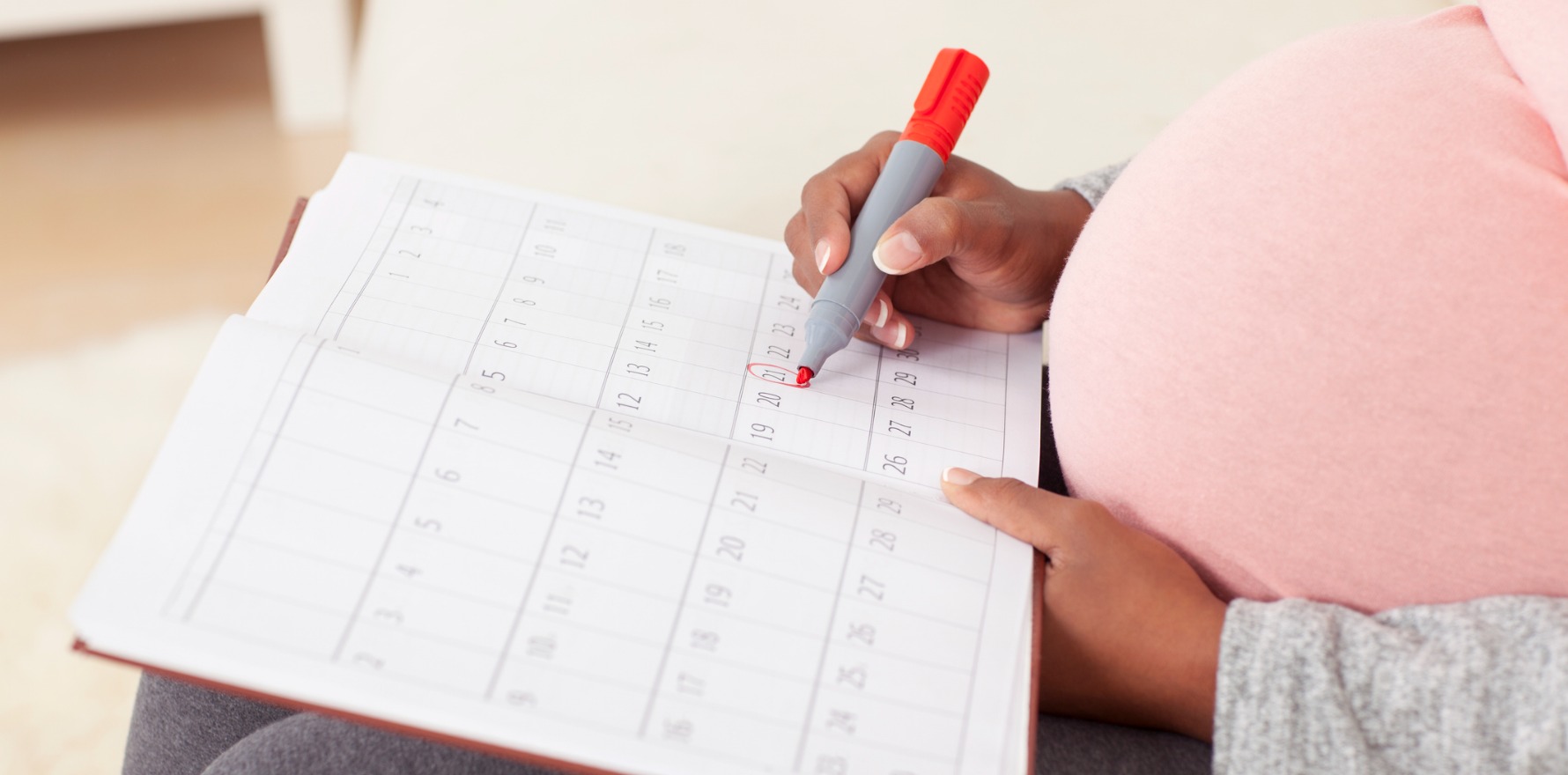Find out which seven drugs are known or suspected to increase the risks of fetal malformations and damage.
The TGA has updated prescribing information for pregnant patients, with 12 new entries being added late last month.
The new additions are:
- capivasertib (category D)
- clascoterone (category D)
- concizumab (category D)
- crisantaspase (category D)
- etrasimod arginine (category D)
- fezolinetant (category B3)
- indocyanine green (category B2)
- nelarabine (category D)
- recombinant respiratory syncytial virus pre-fusion F protein – aluminium-adjuvanted vaccine (category A)
- recombinant respiratory syncytial virus pre-fusion F protein – adjuvanted with AS01 (category B2)
- sodium zirconium cyclosilicate (category B1)
- tislelizumab (category D)
Two variants of the recombinant RSV pre-fusion F protein vaccine have been included in the latest update, with the TGA indicating there was better safety data available for the aluminium adjuvated version compared to the AS01 adjuvanted version.
The seven medications added to category D, suggesting they have caused, or have the potential to cause, fetal malformations and damage are approved for a range of medical conditions including breast cancer (capiviasertib), acne vulgaris (clascoterone), haemophilia B (concizumab), acute lymphoblastic leukaemia (crisantaspase, nelarabine), ulcerative colitis (etrasimod arginine) and various types of oesophageal squamous cell carcinoma and non-small cell lung cancer (tislelizumab).
Metyrapone, a medication commonly used to diagnose adrenal insufficiency and occasionally used to treat Cushing’s disease, was moved from category B2 to B3 as a result of animal studies showing evidence of fetal damage following its use.
Related
The Australian categorisation system ranges from category A (meaning a large number of pregnant women and women of childbearing age have safely taken the medication without an increased risk of malformations or other harmful effects to the fetus) through to category X (medications associated with a high risk).
However, the system does not follow a linear structure: a medicine in category B is not necessarily safer than a drug in category C, and drugs in category D are not contraindicated during pregnancy 100% of the time.





